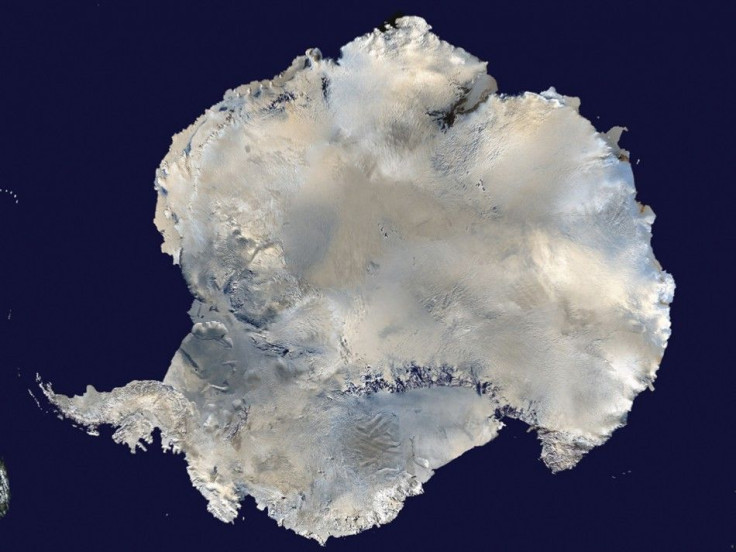Global Warming Will Speed Up, Says New Study

A decrease in surface air temperatures over the past 15 years is, at best, a temporary slowdown and not a “pause” or “hiatus” as reported in certain media, the Sydney Morning Herald reported. According to climate scientists, the rate at which the planet is accumulating heat has not changed or slowed over this period.
Scientists from the US National Oceanic and Atmospheric Administration, or NOAA, in their research published in Science Magazine also evaluated various phenomena, including ocean absorption of heat that can influence global temperatures to account for patterns in temperature variation.
As is widely known, oceans absorb much of the heat from greenhouse gases. Other factors, such as volcanic eruptions and El Nino/La Nina patterns in the Pacific Ocean, influence temperatures. Such factors can mask the overall trend of greenhouse gas absorption and climate change.
Initially in 2014, climate scientists predicted a slowdown and attributed it on the natural variations in the Earth’s orbit and solar activity. The new report, however, said it’s not going to, and in fact, the Earth is about to experience an accelerated global warming.
Authors of the study explained that this data shows that overall rates have not changed dramatically. Other researchers have reached similar conclusions.
Writing in Eco Watch, Penn State climate scientist Michael E. Mann addressed the “pause” in warming by noting, "As I have commented numerous times before, there never was any 'pause' or 'hiatus' in global warming. There is evidence, however, for a modest, temporary slowdown in surface warming through the early part of this decade.”
According to Mann, the study compares the warming trend over the entire second half of the 20th century, including the 1950-1970 era. These two decades were a period that experienced relatively little warming, Mann said, due “primarily to the cooling effect of industry-generated sulphate aerosol pollutants."
Tracing data from the late 1970s through the year 2000 gives a better comparison, says Mann, since it follows the implementation of the Clean Air Act, which led to a reduction in sulfur dioxide emissions. As a result, carbon dioxide and other greenhouse gases predominated emissions, which have had a greater warming effect.
Mann characterised 2013 and 2014 as "post-slowdown" years, which are reflected El Nino conditions in the Pacific and raised the rate of warming.
The United Nations Intergovernmental Panel on Climate Change, or IPCC, assessment report have warned that global warming is indisputable and that the humans had a vast influence on global warming.
Climate change negotiators will be meeting later this year in Paris to tackle proposed goals that will limit climate change to no more than 2 degrees Celsius over pre-industrial levels. The overall goal of the Paris convention is to cut down greenhouse gas emissions and make the commitment legally binding among the 200 participating nations.
Using alternative energy such as solar, wind energies reduce greenhouse gas emissions. There are several new innovations that are helping world economies shift away from “dirty fuels.”
White Mountain Titanium Corporation (OTCQB: WMTM), a new titanium dioxide explorer located in Cerro Blanco, Santiago, Chile is helping clean energy ventures by providing key component to PV solar applications.
To contact the writer, email: vittoriohernandez@yahoo.com




















